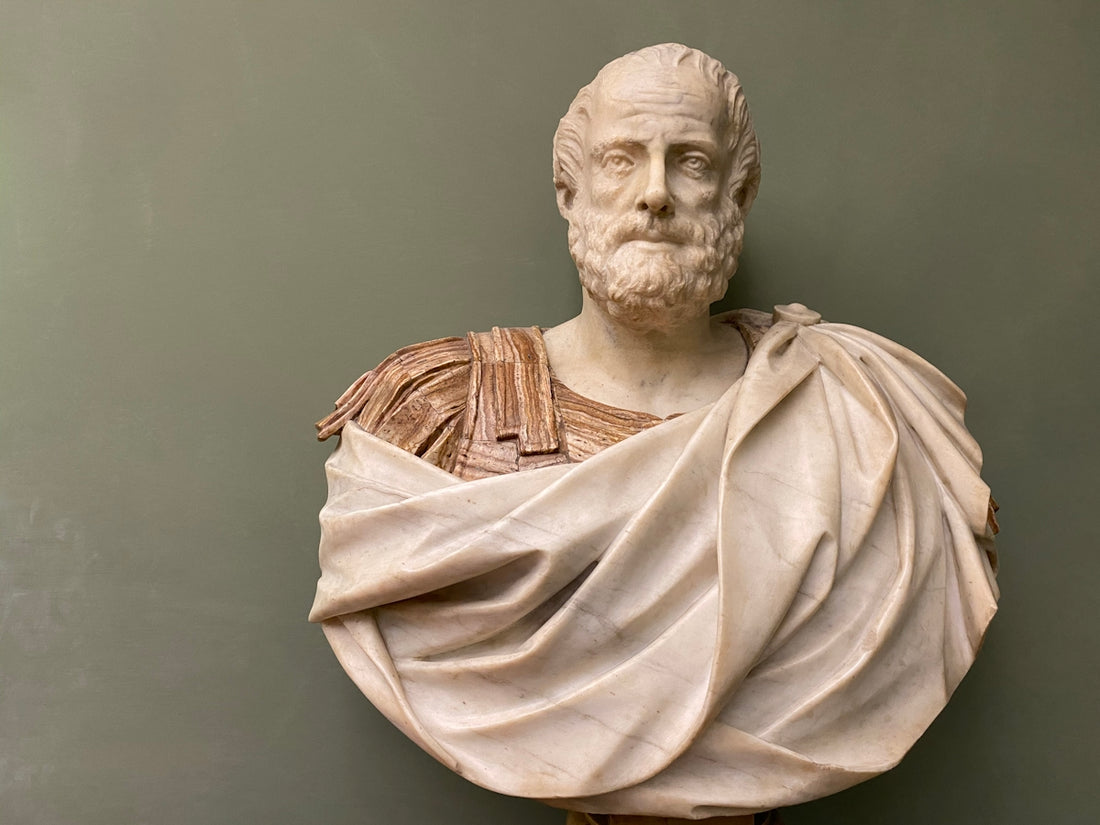
A Beginner's Guide to Choosing the Perfect Materials for Ceramic Sculptures
Share
Creating ceramic sculptures is an art form that merges creativity with science. For those looking to venture into this exciting craft, selecting the right materials is crucial to achieving the desired outcome. Whether you're crafting detailed sculptures or simple decorative pieces, understanding the properties of different ceramics can make all the difference in your sculpting journey.
Understanding Ceramics
Ceramics are inorganic materials that include clay and minerals, which are molded and hardened through heat. They are known for their durability and versatility, making them an ideal choice for sculpture. The right type of ceramic will depend on your project's requirements, such as the level of detail, the finishing texture, and the intended function of the sculpture.
Types of Ceramic Materials
- Earthenware: This is one of the most common types of clay used in ceramic sculptures. It's easy to work with, making it perfect for beginners. Earthenware has a porous texture and is typically fired at lower temperatures, which makes it less durable than other materials. It's excellent for creating more rustic, earthy sculptures.
- Stoneware: Known for its strength and durability, stoneware is fired at higher temperatures, making it non-porous. It offers an excellent balance between functionality and aesthetic appeal. Stoneware can carry intricate designs, and its robust nature makes it suitable for pieces that require a higher level of detail.
- Porcelain: This white, fine-grained clay is perfect for creating delicate and refined sculptures. Porcelain is fired at very high temperatures, which gives it a translucent quality and a smooth, polished finish. It is ideal for artists with some experience due to its less forgiving nature during handling.
Choosing the Right Process
The method you use to create your sculpture can also influence your material choice:
- Hand-Built Pottery: This technique involves sculpting ceramics by hand using pinching, coiling, and slab techniques. It's a tactile and intuitive process that allows for unique, individualized pieces. Explore our Hand-Built Pottery collection for inspiration.
- Slip-Cast Ceramics: This method is excellent for creating multiple copies of the same piece. Fine slurry of clay is poured into molds, which allows for uniformity and precision. It's a fantastic way to produce detailed work efficiently. Discover more in our Slip-Cast Ceramics collection.
Final Touches
To finish your sculptures, consider adding specialized texture and glaze to enhance their visual appeal. Products like the Damask Textured Mug showcase how detailed textures can contribute to the character of a ceramic piece. For those interested in functional art forms that retain sculptural beauty, the Dahlia's Revenge bowl/cup set provides a perfect example.
For more inspirational pieces and to begin your ceramic sculpture journey, visit our website at EWF Studios.
Embarking on a sculpting project with ceramics is a rewarding experience that allows for both artistic expression and practical application. By understanding the characteristics of each material and selecting the right techniques, you can create stunning works that showcase both your creativity and craftsmanship.

